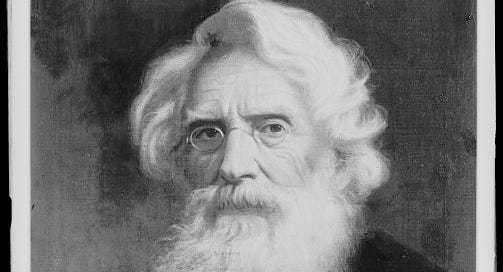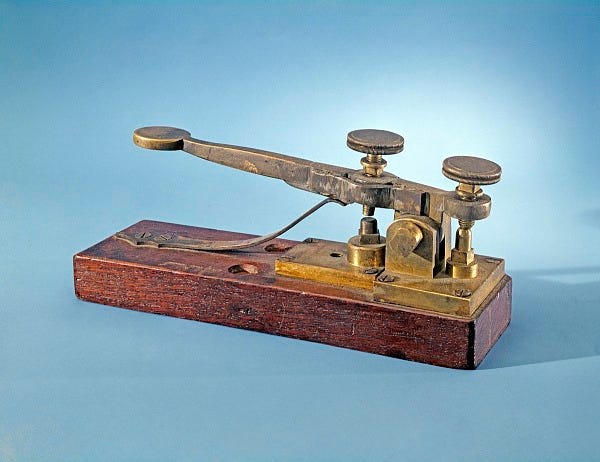“What hath God wrought,” Samuel Morse tapped out in letters on the small wooden telegraph in front of him at 8:45 a.m. on May 24, 1844, in the Supreme Court Chamber of the U.S. Capitol. Taken from the Book of Numbers, the phrase had been suggested by Annie Ellsworth, the teenage daughter of the Patent Commissioner. It was fitting. Upon completing the note, the first official real-time message in history went on its way to Samuel’s business partner, Alfred Vail, waiting 40 miles away at Mount Clare Station in Baltimore. Alfred confirmed receipt shortly after with a reply.
This moment would send Americans into a frenzy, astounded by what seemed like magic. But the telegraph was real, and at a time when many questioned whether a vast, rapidly growing America could hold together as a single nation, this new technology offered an invisible thread, helping bind states and distant communities in a shared present.
Keep reading with a 7-day free trial
Subscribe to Historical Snapshots to keep reading this post and get 7 days of free access to the full post archives.





